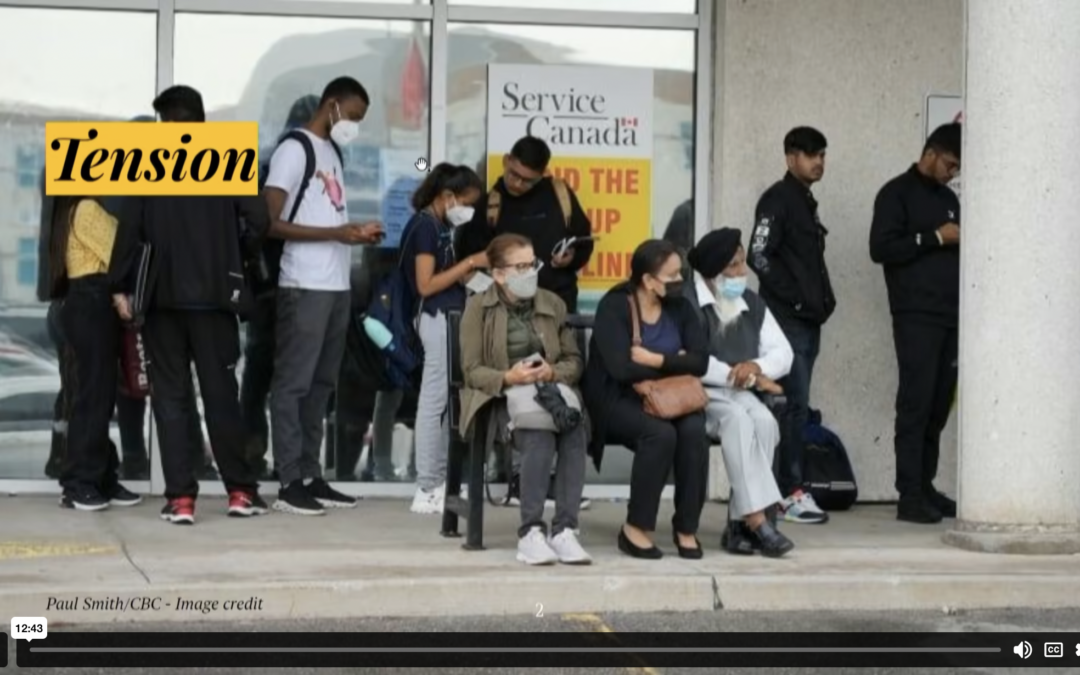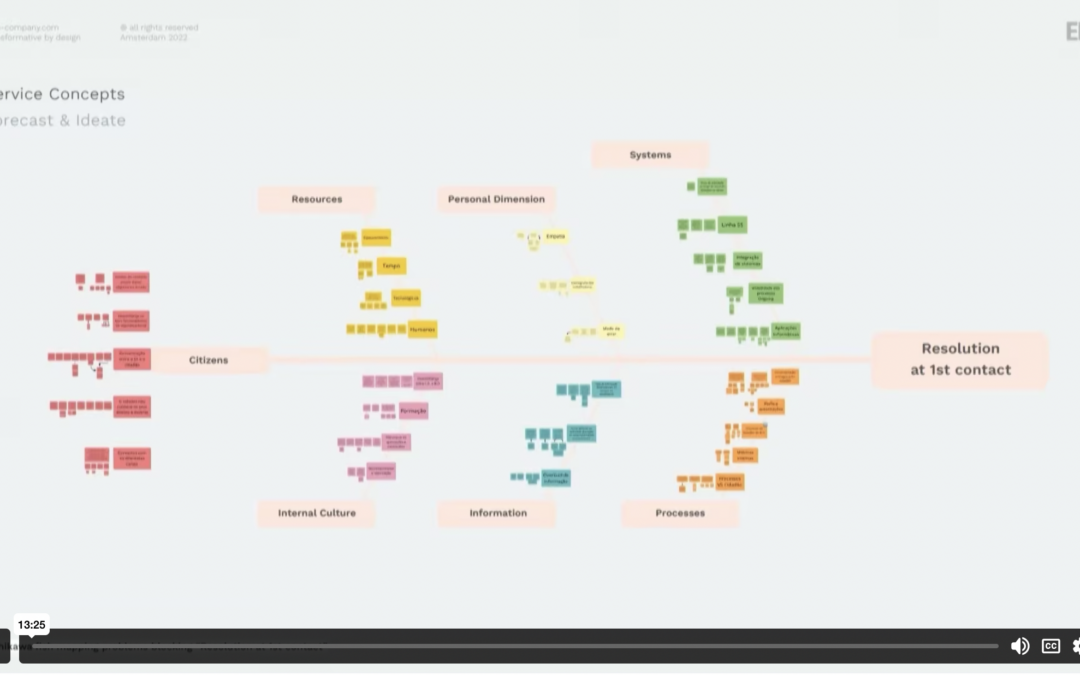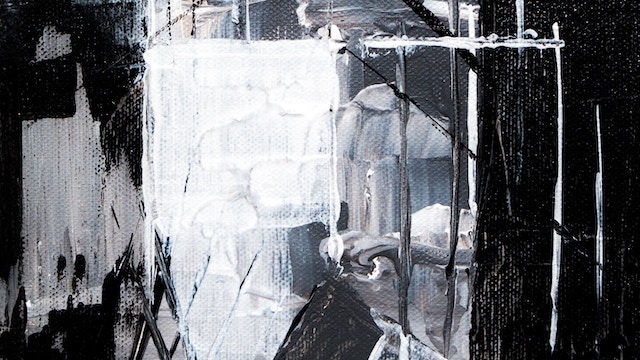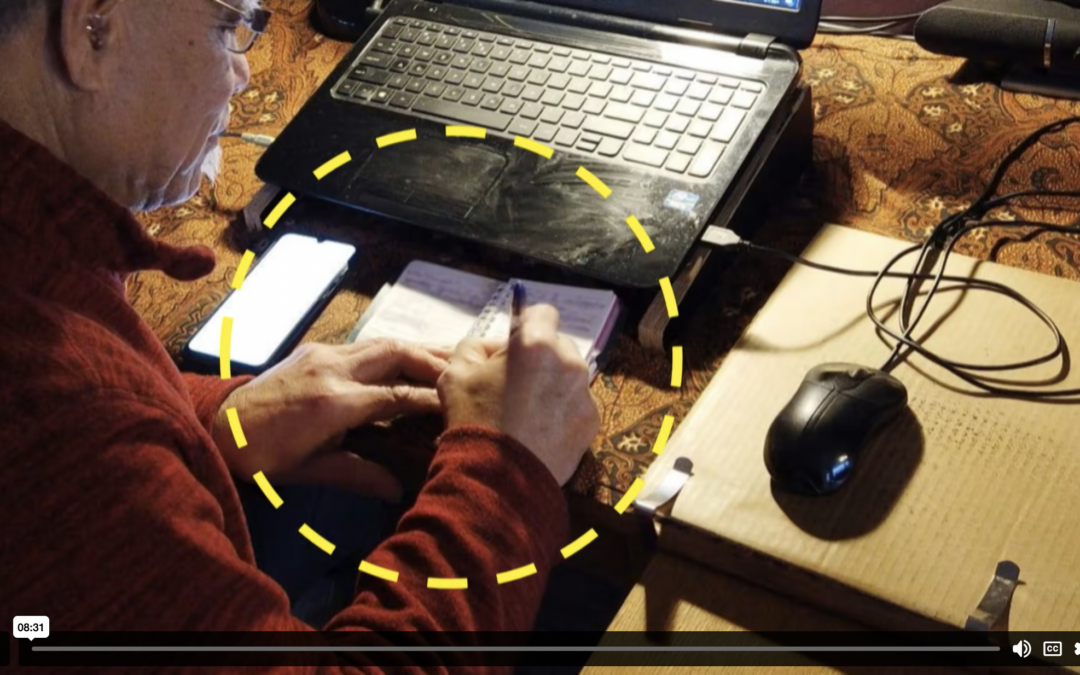This paper explores a key friction in service delivery that is inherent in forms – the ubiquitous and seemingly...


This paper explores a key friction in service delivery that is inherent in forms – the ubiquitous and seemingly...

Government websites and online services are often built with limited input from the people they serve. This approach limits their ability to respond to ever changing needs and contexts. This case study describes...

Segurança Social (Portugal’s Social Security System) offers multiple service channels to the people. However, they were not perceived as a whole because the assistance was not standard, depending on the channel...

With a strategic analysis of the push to “democratize” research—to open the research practice to...

Increasingly, governments and NGOs are employing ethnographers and UX professionals, including a good number of...

Civic tech is a growing field and an increasingly critical space for service delivery and participation in public...

In the Netherlands, approximately 2.5M people struggle to use technology in their daily life and are unable to use online governmental services independently. People with low digital literacy are increasingly...